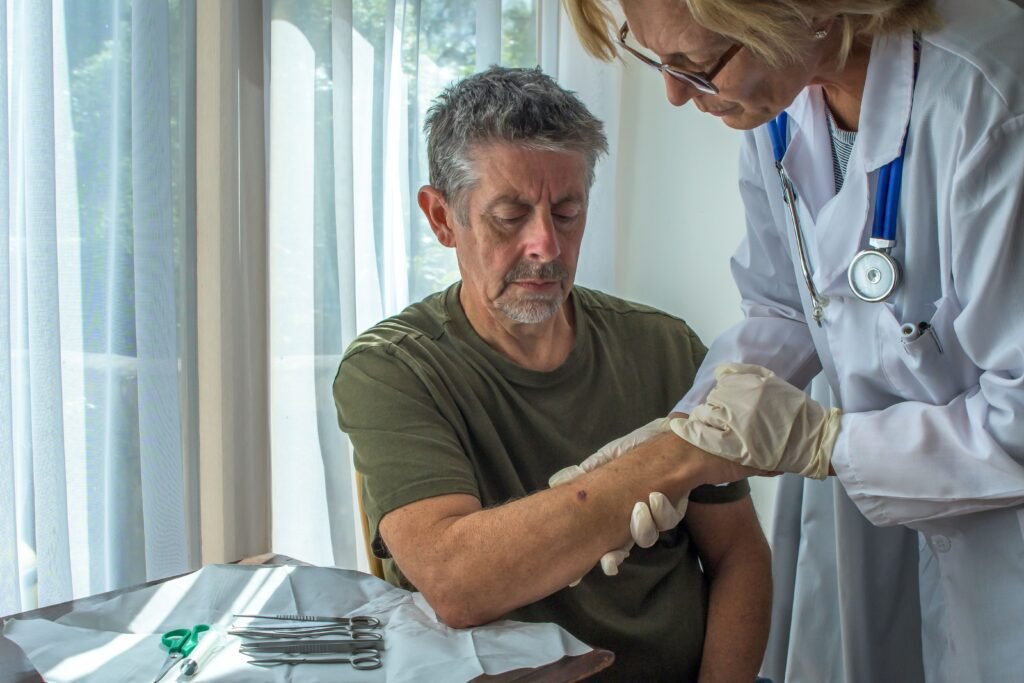Enhancing Adherence to Dermatological Treatments: A Global Concern
Concerns surrounding medication adherence in dermatology remain pressing, leading to decreased patient outcomes and diminished quality of life (QOL). A recent study published in Cureus highlights that patient nonadherence not only affects personal health but also complicates treatment effectiveness.
Understanding Medication Nonadherence in Dermatology
According to the CDC, medication nonadherence occurs when patients do not take their prescribed medications or fail to follow medical advice properly. Factors contributing to nonadherence can range from misunderstanding treatment plans to psychological barriers that patients may face. Results of such nonadherence can be severe, resulting in exacerbated conditions, uncontrolled disease symptoms, and increased hospitalizations.
The Impact of Nonadherence
-
Prevalence of Skin Conditions: Nearly 2 billion people globally suffer from skin diseases. This includes prevalent conditions like acne, psoriasis, eczema, and rosacea, all known to significantly impact patients’ QOL.
- Statistics of Nonadherence: Shockingly, almost 1 billion patients exhibit poor adherence to their treatment regimens, necessitating a deeper examination of the factors contributing to this trend.
Dermatological Conditions at Risk
This narrative review explores adherence patterns related to various skin conditions:
-
Acne: Despite its commonality, adherence to acne treatment regimens remains suboptimal, especially for more complex therapies.
-
Psoriasis: Those diagnosed with psoriasis show the lowest primary adherence rate, with about 44% not following through with prescribed medications.
-
Fungal Skin Infections: Adherence can wane when multiple medications are involved, complicating antifungal treatments such as miconazole and sertaconazole.
-
Atopic Dermatitis: High treatment costs and societal concerns, such as "steroid phobia," contribute to significant nonadherence.
- Chronic Urticaria: Patients often struggle with understanding their condition, resulting in widespread nonadherence.
Strategies for Improving Adherence
-
Educate Patients: Empowering patients through education about their conditions and treatments can alleviate confusion and anxiety. Pharmacists are pivotal in this aspect, offering valuable support and information.
-
Simplify Treatment Plans: Reducing complexity in treatment regimens can lead to improved adherence rates. Clear communication between medical providers and patients is essential.
-
Increase Follow-ups: Regular check-ins can help address patient concerns and reinforce the importance of adherence to treatment plans.
- Engage Pharmacists: Utilizing pharmacists for medication therapy management is crucial. They can facilitate adherence by offering guidance on medication use, answering questions, and providing reassurance.
Conclusion: A Call to Action
In light of the critical impact of treatment adherence on health outcomes, it is imperative for healthcare providers to engage proactively with patients.
Key Takeaways
-
Accurate Diagnosis: Ensure that patients receive the right diagnosis and appropriate treatment options.
-
Frequent Conversations: Establish ongoing dialogues to understand and tackle adherence issues.
- Address Financial Burdens: Work on strategies to reduce the financial impact of treatments, particularly for conditions like atopic dermatitis.
By employing these strategies, healthcare providers can enhance medication adherence rates, ultimately leading to better health outcomes and improved quality of life for individuals facing dermatological challenges.
For further details on medication adherence and its implications, refer to the CDC and search for more insights in studies published by reputable journals like Cureus.
Explore more about dermatological treatments and other healthcare insights: American Academy of Dermatology and World Health Organization.


